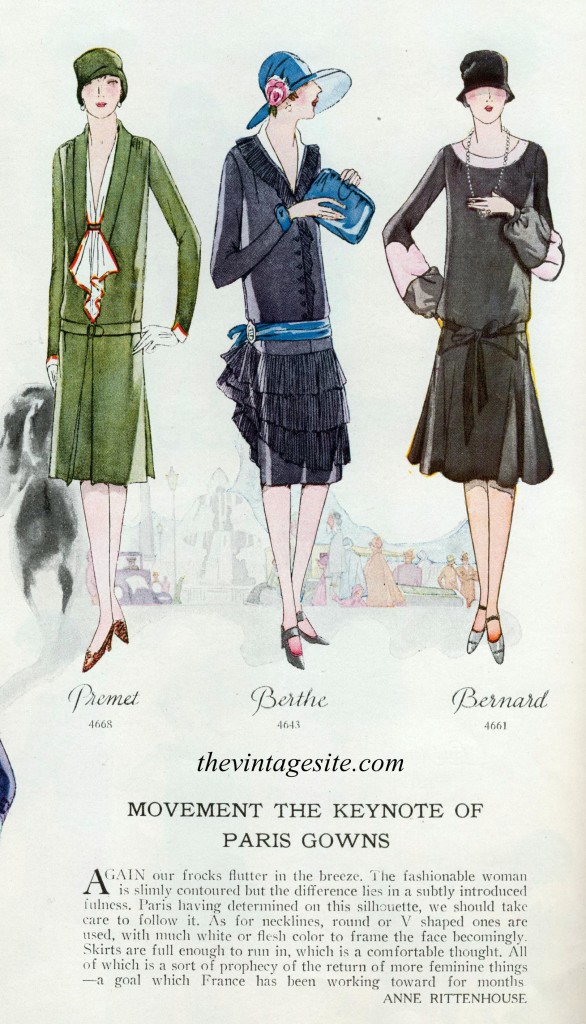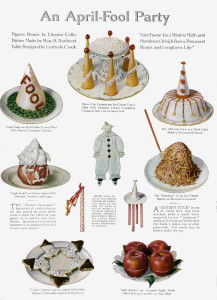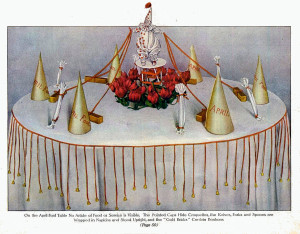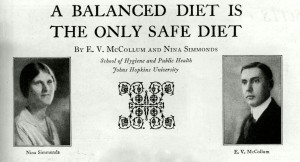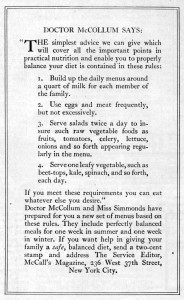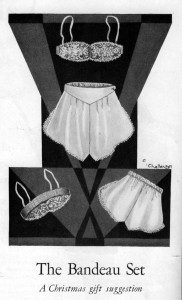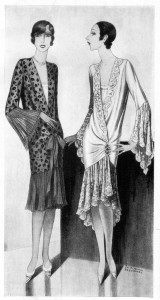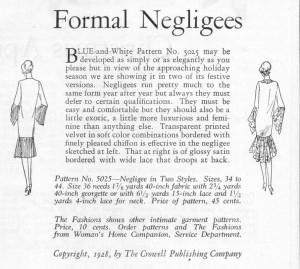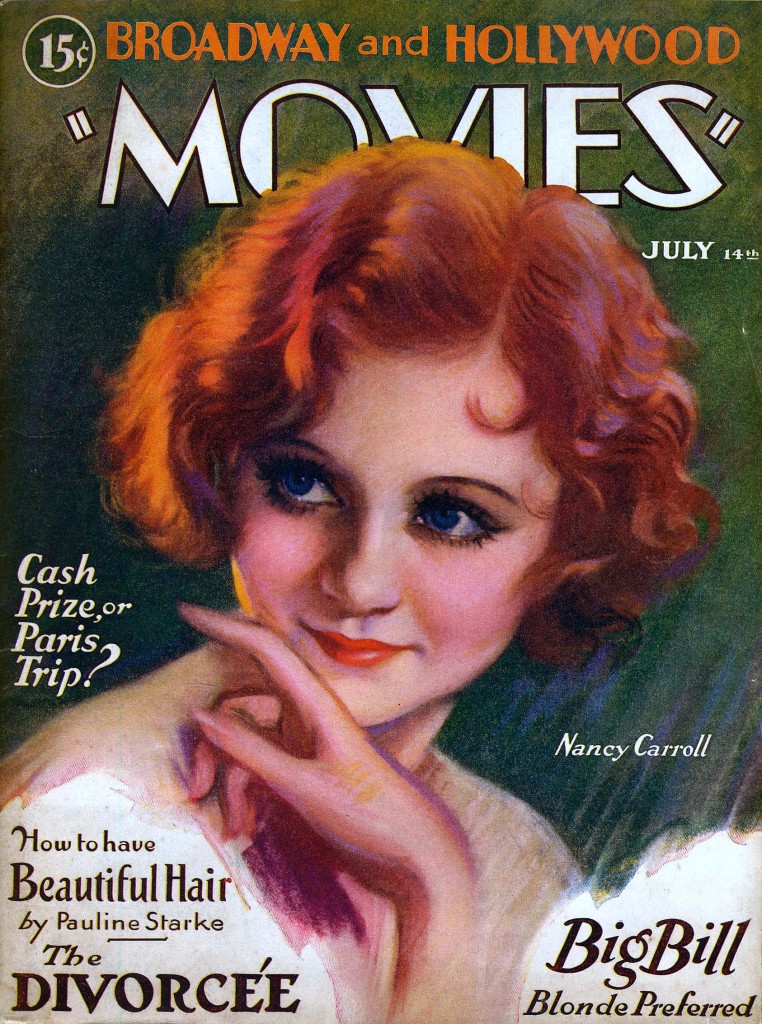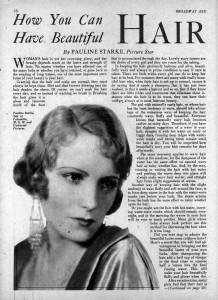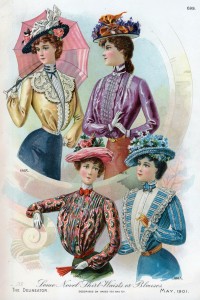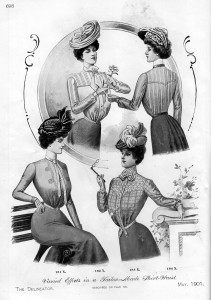1926. Right in the middle of the roaring 1920′s, the midst of a decade of flappers and prohibition and jazz.
Even then, Paris was looked to as the center of style, and these drop-waist dresses were said to be the latest in French fashion at the time (as the headline states, movement was the keynote to these gowns from Paris). These gorgeous illustrations come straight out of the October 1926 issue of McCall’s, a magazine that is one of my favorites because for years it was full of amazing fashion plates like these. Here is the way these dresses were described:
“Again our frocks flutter in the breeze. The fashionable woman is slimly contoured but the difference lies in a subtly introduced fullness, Paris having determined on this silhouette, we should take care to follow it. As for necklines, round or V shaped ones are used, with much white or flesh color to frame the face becomingly. Skirts are full enough to run in, which is a comfortable thought. All of which is a sort of prophecy of the return of more feminine things – a goal which France has been working toward for months.”

